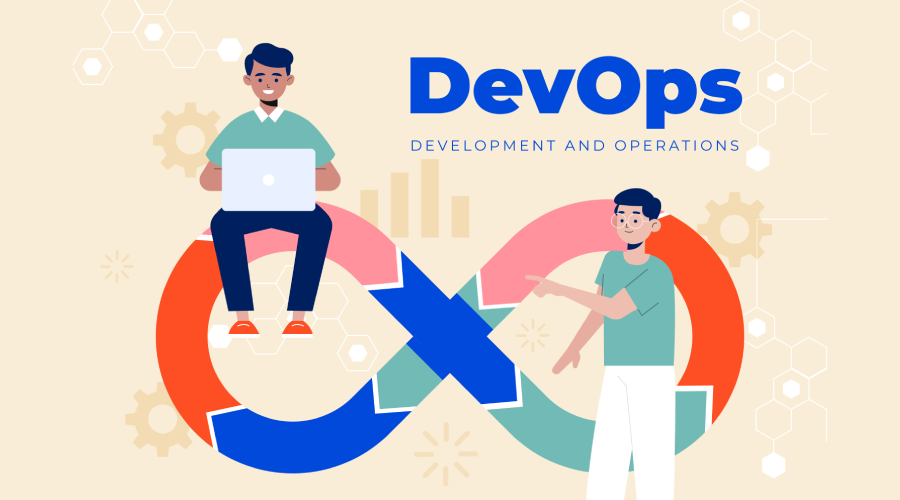We once asked a class full of trainees to explain what they understand when we say “DevOps”. and predictably, each one of them came up with their definition. So, the question arises, what does DevOps mean?
Simply put, DevOps brings together the development and operation teams of an organization by streamlining how these two teams perform their tasks. It ensures there is harmony between the teams to get more done in a simple, speedy, and innovation-friendly manner.
Traditionally, software developers handed the tested software to the operations team for further testing, deployment, and customer integration. This used to be a cumbersome issue, especially when the operations team is working on multiple projects, causing an unnecessary delay in deployment.
With the rise of DevOps, each piece of software is tried and tested by the operations team as and when it is ready. This makes the entire software development process convenient for all the stakeholders- developers, operational team, and customers.
These are the few positive outcomes that you can expect after initiating the DevOps approach in your organization:
- Improved Automation:
As a lot of the centralized process is automated with DevOps, the time constraint associated with manual labour is reduced drastically, and so does the error margin. Furthermore, as time-consuming tasks are automated, the developer can spend more time on coding and product improvement. This Higher level of automation is great for an agile business environment, which aids in increased collaboration between teams. Especially in short-cycle software development, DevOps can ensure proper communication and task allotment, making product releases easy and timely.
2. Faster Delivery:
As the foundation of DevOps is based on collaboration between the Development and the Operations team, the development cycles speed up, ensuring customers can access the end product faster. This way, organizational costs are reduced, as bugs are identified early on- meaning ROI can be improved drastically. With continuous integration from the development side and continuous delivery from the operational side, each update is almost immediately released. DevOps can also enable organizations to catch on trends and new product trends offered by competitors, helping in retaining customers.
3. Superior Communication:
It is quite a common scenario for product roll outs to work on the development stage but completely fail in the production environment. When teams are not in sync, it is easy for problems to slip through the crack and get ignored until a customer raises a complaint ticket about it. With DevOps, the development team and the operational team are almost always interchanging dialogues. With two-way inputs during the development, testing, deployment, and maintenance of each piece of code, the product can be seamlessly integrated from the customer end.
4. Transparency:
DevOps works best when there is unification in code with the UNIFY algorithm. This makes it easier to deal with the code by making it cleaner, transparent, and more accessible. With greater transparency, it becomes easier for new team members to get accustomed to the project, which means they can be productive right from the start. Transparency in DevOps is followed by a simplified security measure in place, making data secure, phishing and error-free.
5. Greater Customer Satisfaction:
It is no secret that customer satisfaction is the secret to establishing a successful business. DevOps provides the opportunity to establish a continuous feedback loop with the customers. This way, not only the product is almost immediately deployed but also any error or bug from the customer end is reported and solved within a matter of hours. Customers can also suggest modifications and product updates through the dynamic feedback loops- ensuring your developers, customers, and even the sales team are on the same page. As DevOps accelerates product deployment, customers are inherently happy when deadlines and delivery promises are met.
